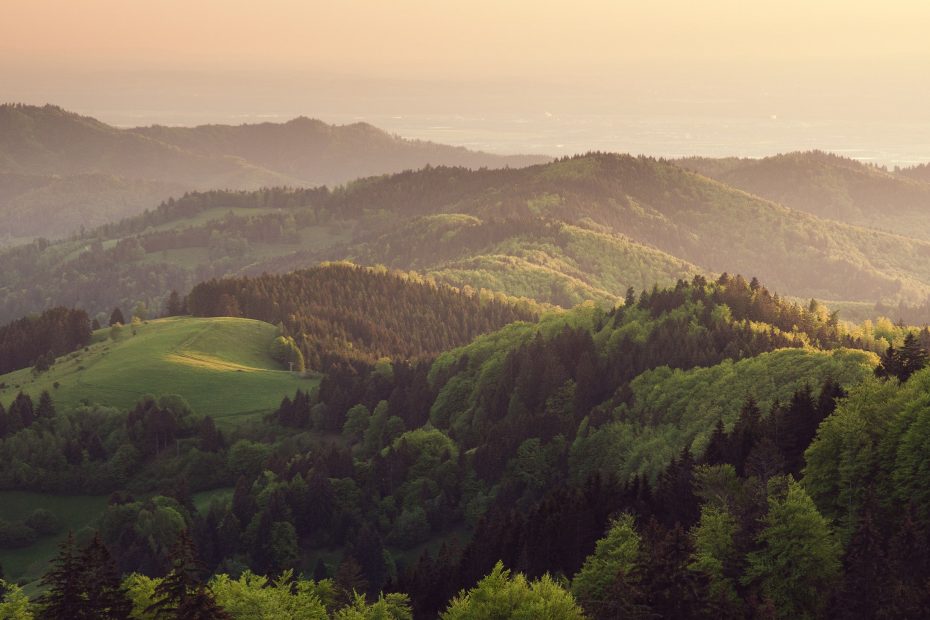On November 2nd at the United Nations Climate Change Conference (known as COP26), over 100 world leaders, including Prime Minister Justin Trudeau, pledged to end and reverse deforestation by 2030. Nature-based climate solutions, such as protecting and restoring forests, are premised on working with nature to meet our climate and biodiversity targets.
Old growth forests are an example of a natural climate solution due to their ability to store large amounts of carbon. They are characterized by the presence of trees over 150 years old, high species diversity and lack of human disturbance. Yet, today, in Ontario and worldwide, many old-growth forests are unprotected and becoming increasingly rare.
The commitment to stop deforestation by 2030 is welcomed. However, for the preservation of our old-growth forests, it is critical that we act now to protect these vital ecosystems rather than delay action for another nine years.
“The older the tree, the more quickly it grows… if we want to use forests to combat climate change, we must allow them to grow old.” – Peter Wohlleben, author of The Hidden Life of Trees

Examples of Ontario’s unprotected old-growth forests
The Catchacoma old-growth Forest, located in northern Peterborough County, Ontario, is considered the largest tract of old-growth eastern hemlock in Canada. At least 226 species have been identified here, including species at risk, such as the Algonquin wolf, Blanding’s turtle, and the monarch butterfly. The forest is currently open to logging.
Near Sudbury, Ontario, Wolf Lake Forest Reserve is another forest reserve home to 300-year-old trees. It is considered the largest intact old-growth red pine forest in North America. The forest is currently protected from logging but open to mining and mineral exploration.

Three reasons why protecting Ontario’s old-growth forests is critical for combating climate change:
- Old-growth forests are carbon sinks. Old-growth forests are ancient trees that absorb and store carbon for centuries in their biomass and soil.
- Old-growth forests store more carbon than managed forests. In Ontario, unmanaged old-growth boreal forests store 38% more carbon than forests that are managed using clear-cut harvesting methods.
- Old-growth forests emit carbon when they’re cut down. Young forests are often planted to replace old-growth forests that were previously harvested. When old-growth forests are cut down, they create a carbon debt that takes centuries to restore.

When we protect old-growth forests, we all benefit
“In some Native languages the term for plants translates to ‘those who take care of us.‘” – Robin Wall Kimmerer, author of Braiding Sweetgrass: Indigenous Wisdom, Scientific Knowledge, and the Teachings of Plants and member of the Citizen Potawatomi Nation
Protecting old-growth forests is a nature-based climate solution with numerous benefits. According to a study by Nature United, improving the management of Canada’s forests, which involves protecting old-growth forests, can mitigate 7.9 megatonnes of greenhouse gases per year in 2030. To put this into context, 7.9 megatonnes is equivalent to powering two million Canadian homes for an entire year. Additionally, the protection of Ontario’s old-growth forests provides threatened species like the cerulean warbler and the Algonquin wolf a chance for survival.
We must prioritize the conservation and protection of Ontario’s old-growth forests. Climate action cannot wait.
